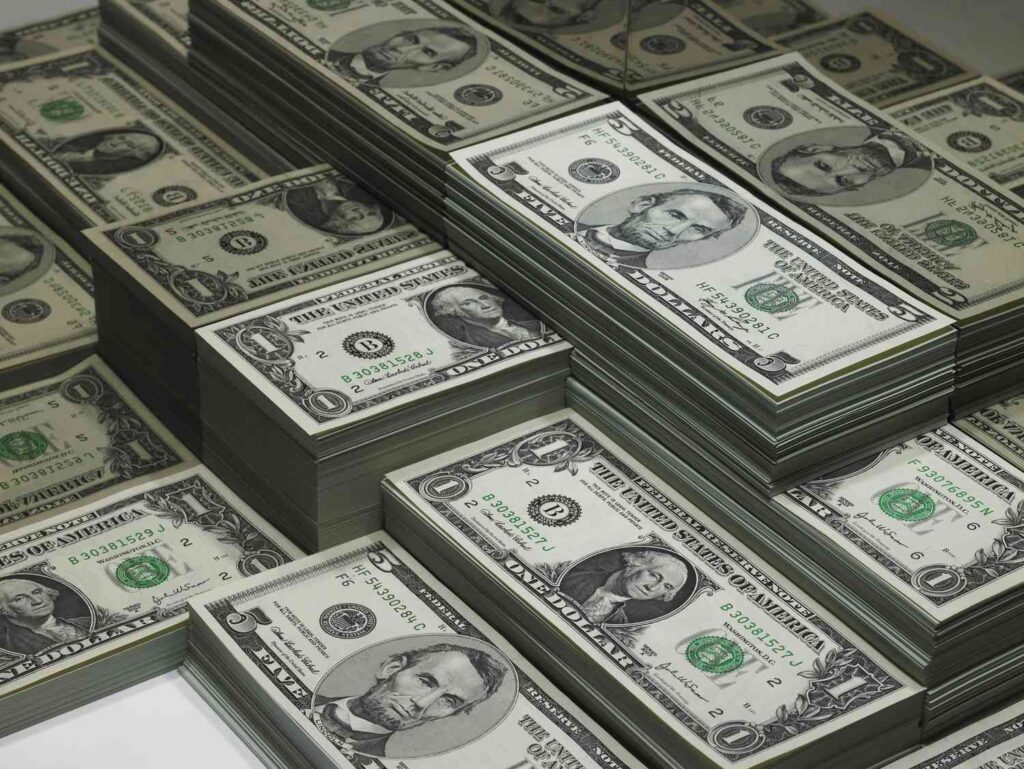The US Dollar (USD) is losing ground against other major currencies on Wednesday as traders mull expectations of a Fed interest-rate pause later today. A clear shift in sentiment is noticed as US bonds and the Greenback – both acting as safe havens – are losing interest as investors turn to equities. Traders seem to be using the window of opportunity with this possible Fed rate pause to jump on the equity rally.
Few data points are set to come out before the US Fed rate decision and subsequent press conference from Fed Chairman Jerome Powell. Headline and core Producer Price Index (PPI) data are due at 12:30 GMT, and the EIA Crude Oil Inventory numbers will come at 14:30 GMT. The countdown will then start toward the Fed rate decision, with the official release at 18:00 GMT and the FOMC Press Conference by Fed Chairman Powell at 18:30 GMT.
Daily Digest: US Dollar Sees Its Safe Haven Status Abating
- Traders can further consolidate the possible rate pause of the Fed later Wednesday with the US Producer Price Index (PPI) coming out beforehand at 12:30 GMT. The monthly overall PPI is expected to contract by 0.1% in May after increasing by 0.2% in April. The monthly core PPI is forecasted to be steady at 0.2%. Yearly, headline PPI is set to drop from 2.3% to 1.5%, and the core is to drop a touch from 3.2% to 2.9%.
- China’s Ministry of Commerce (MOFCOM) commented on the US blacklisting some entities, calling it ‘classic economic coercion.’ Urges to stop excessive pressure on Chinese firms.
- Former US President Donald Trump has been indicted in a federal court for holding back official White House documents. He pleaded not guilty on all charges.
- Equities are not losing steam on their winning streak. Another 33-year high for the Nikkei, while China tech is the most significant winner intraday. European indices are back in the green, with the German DAX printing a new historic high, and US equity futures are all trading at the highs.
- ON TUESDAY, the US Treasury had to pay a higher yield for selling its 1-year and 30-year bonds. The auctions for the 30-year bond came in at 3.908%, higher than the market pricing of 3.741%. The 1-year bond yield was placed at 4.93% while 4.64% was trading in the market then. This shows less appetite for safe-haven bonds from investors, confirming the rotation into riskier assets.
- The CME Group FedWatch Tool shows that markets are pricing in a 5% chance of a Fed rate hike today, a 71% chance for a hike in July, and a 76% chance of a hike in September. Markets have abandoned the idea that there will be interest-rate cuts this year.
- The benchmark 10-year US Treasury bond yield trades at 3.79%. This marks a substantial move higher on the back of Tuesday’s US inflation numbers, after which investors sold their bond holdings to allocate more money to risk assets. Falling bond prices are inversely correlated to the bond yield. The lower the price, the higher yield that needs to be offered.
US Dollar Index Technical Analysis: Selling Pressure Mounts
The US Dollar is showing further signs of weakening as most currencies in the Dollar Index (DXY) are gaining traction against the Greenback. The 103.00 floors barely got tested on Tuesday, and we expect another test later today.
On the upside, 105.44 (200-day Simple Moving Average) still acts as a long-term price target to hit., The next upside key level for the US Dollar Index is at 105.00 (psychological, static level), which acts as an intermediary element to cross the open space.
On the downside, 103.04 (100-day SMA) aligns as the first support level to confirm a trend change. If that breaks down, watch how the DXY reacts close to the 55-day SMA at 102.56 to assess any further downturn or upturn.
How Does Fed’s Policy Impact US Dollar?
The US Federal Reserve (Fed) has two mandates: maximum employment and price stability. The Fed uses interest rates as the primary tool to reach its goals but has to find the right balance. If the Fed is concerned about inflation, it tightens its policy by raising the interest rate to increase the cost of borrowing and encourage saving. In that scenario, the US Dollar (USD) will likely gain value due to decreasing money supply. On the other hand, the Fed could decide to loosen its policy via rate cuts if it’s concerned about a rising unemployment rate due to a slowdown in economic activity. Lower interest rates are likely to lead to a growth in investment and allow companies to hire more people. In that case, the USD is expected to lose value.
The Fed also uses quantitative tightening (QT) or quantitative easing (QE) to adjust the size of its balance sheet and steer the economy in the desired direction. QE refers to the Fed buying assets, such as government bonds, in the open market to spur growth, and QT is precisely the opposite. QE is widely seen as a USD-negative central bank policy action and vice versa.


This Post Has One Comment
I’m really inspired along with your writing talents and also with the layout on your weblog. Is that this a paid subject matter or did you modify it your self? Either way keep up the nice quality writing, it’s rare to peer a nice blog like this one today!